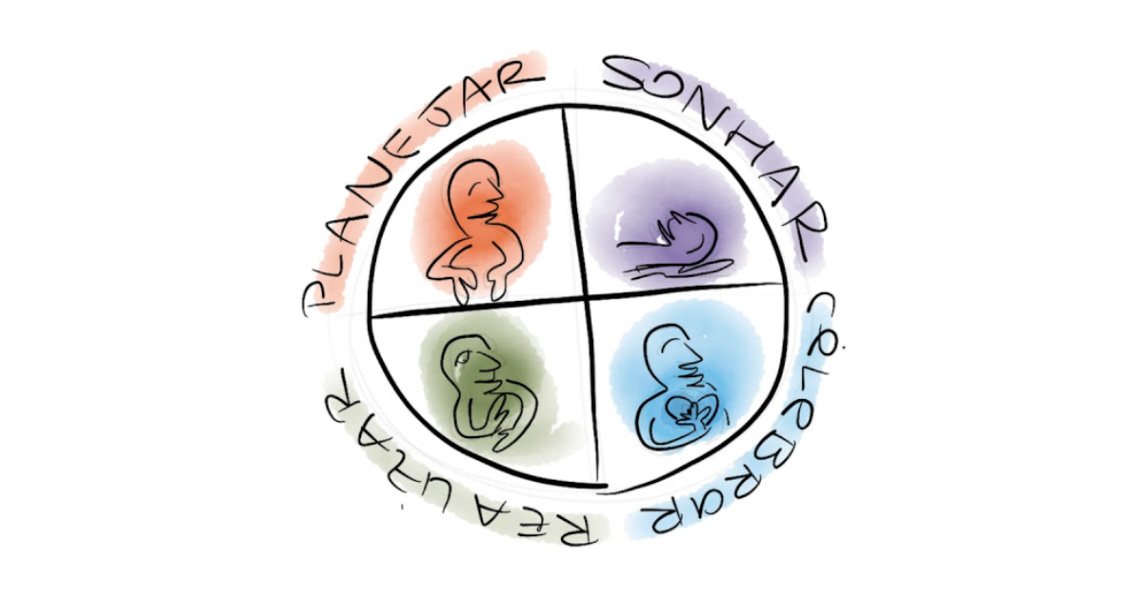
To engage your employees and identify different profiles is necessary method and systematic. The Dragon Dreaming proposal challenges managers to keep a keen eye.
More than having a good relationship between colleagues, teamwork requires some leadership techniques of managers to organize teams and activities. In addition to the relationship, having a keen look at identifying employee profiles and the best methodology of group work is essential within organizations.
The methods adopted by the leaders are finite and differ in the objective of each project. However, a system that stands out as a differential of proposals and results is dragon dreaming. The method presents a complete set for creative, collaborative and sustainable project achievements.
In addition to challenging the team to perform proposed tasks, Dragon Dreaming challenges all participants to engage, noting activities as a cause. The project design methodology takes into account the collective construction of a project (or dream). For it to happen, the proposal is to generate personal growth and sense of community.
Its differential is to challenge the involvement of all the people in the group from a proposal. After sharing this proposal, it is possible that the idea is improved, engaging suggestions from everyone to the initial project. All participants become co-authors of the project.
The projects developed from this method basically go through four complementary phases: dreaming, planning, accomplishing and celebrating. According to John Croft – creator of the methodology – during the realization of the four existing phases, we must balance the time spent and engage people with whom we want to establish relationships, people who have technical skills to perform.
It is recommended that the groups be formed by four to seven components. This number is justified by the human capacity to manage relationships, allowing the manager to listen and evaluate each suggestion individually. In teams with numerous members, there is the possibility of dividing employees, extracting and managing the group’s ideas.
Also among the people involved we must balance the participation of the four profiles:
- Dreamer – those who learn from stories and imagination;
- Planner – who likes and handles concepts well;
- Director – those who practice, put their hands in the dough; and also
- Celebrators – people more observant, but able to identify the small achievements of the team.
Celebrating good ideas and brief advances is a way to encourage them to follow suit. All group work adds positive results for the organization and be aware of the particularities of each employee and their mode of engagement are tools for achieving results within the company.



